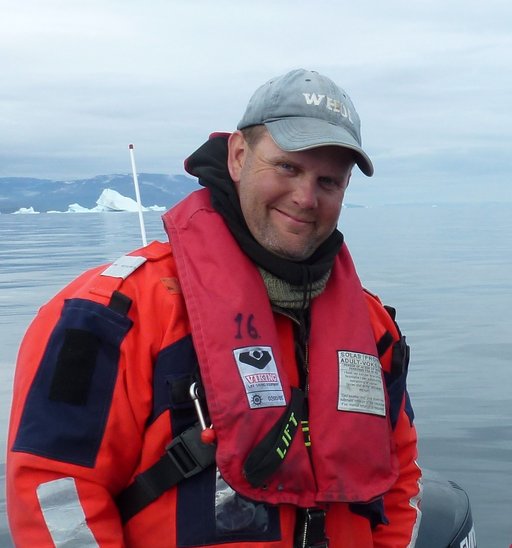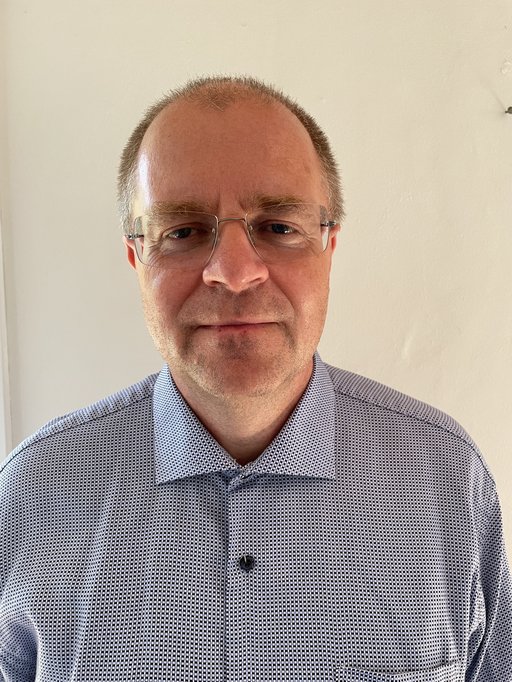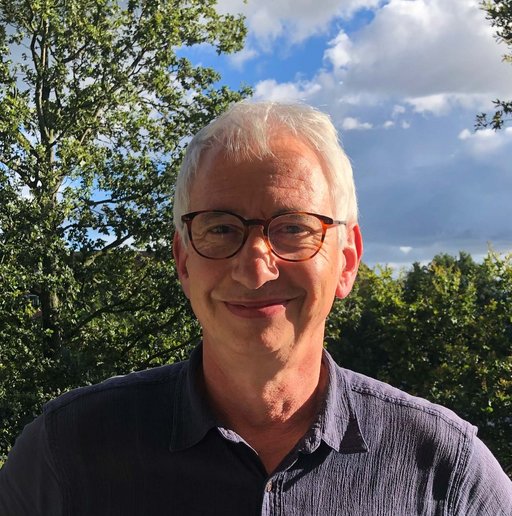Peter Teglberg Madsen, Michael Møller Hansen and Kai Finster receive grants from Independent Research Fund Denmark
A huge congratulations to Professors Peter Teglberg Madsen, Michael Møller Hansen and Kai Finster who have both been awarded grants from the Independent Research Fund Denmark.
We are excited to follow the upcoming projects that will investigate the energy needs of large whales; invasive species; and the search for life on Mars.

Peter Teglberg Madsen’s project: The energy needs of large whales
Professor Peter Teglberg Madsen has been awarded a grant of DKK 3,167,178 from the Independent Research Fund Denmark for his innovative research on the energy needs of large whales.
Whales are the largest animals ever to inhabit Earth and play a crucial role as top predators in marine ecosystems.
Despite their importance, we still know very little about their actual energy requirements. This gap in knowledge makes it difficult to fully understand their role in ocean ecosystems, their food needs, and how to regulate human activities at sea sustainably.
With this grant, Professor Madsen and his research team aim to close this gap by using a unique dataset gathered from whales across the globe.
By attaching small bio-loggers to these ocean giants, the team will measure breathing rates and lung volumes in relation to different behaviors and disturbances. These data, combined with oxygen uptake models from smaller whales, will provide the first accurate measurement of large whales' energy budgets in the wild.
The project will not only enhance our understanding of whales’ ecological roles but also contribute to better conservation strategies, ensuring the protection of these top predators in an increasingly warming and rapidly changing ocean environment.
This exciting project will contribute to valuable insights into the sustainability of marine ecosystems, supporting both biodiversity and human activities at sea.

Michael Møller Hansen’s project: Why do invasive species thrive despite inbreeding?
Michael Møller Hansen has been awarded DKK 3.152.571 million from the Independent Research Fund Denmark. His research will investigate how invasive zebra and quagga mussels are thriving in Danish lakes despite high levels of inbreeding.
Invasive species pose a significant threat to biodiversity and come with considerable societal costs. Yet, the mechanisms behind their success in new environments remain unclear. A central puzzle, often referred to as the "genetic paradox," highlights how invasive species typically start with introduction of very few individuals. This would be expected to lead to inbreeding and poor performance, but nevertheless the invasive populations proliferate. However, species like the zebra and quagga mussels continue to flourish.
Michael Møller Hansen's research aims to solve this paradox. The project will test a hypothesis suggesting that as these species spread from their native regions, harmful genetic variations are purged, enabling them to better tolerate inbreeding in new environments.
The study will involve sequencing the genomes of mussel populations from their native habitats in Ukraine and Russia, then comparing them to invasive populations in Europe and North America. If the hypothesis is correct, native populations will display higher levels of harmful genetic variation with less inbreeding, while invasive populations will show higher inbreeding but reduced harmful variation.
This innovative research has the potential to reshape our understanding of biological invasions and improve risk assessments for managing invasive species.

Kai Finster’s project: Exploring signs of life on Mars
Professor Kai Finster has been awarded DKK 3,167,722 million from the Independent Research Fund Denmark to explore potential signs of life on Mars.
The search for extraterrestrial life has always captivated human imagination. One fascinating aspect of life on Earth that scientists use to differentiate between organic molecules created by living organisms and those formed through non-biological, chemical processes is the "handedness" of certain molecules, like sugars and amino acids.
Here's the reason: when these molecules are produced through chemical reactions, they come in two mirror-imageor chiral forms, much like how your left and right hands mirror each other. Typically, these two forms are created in equal proportions, resulting in a balanced mixture. However, in living organisms, only one version—either the "left-handed" or "right-handed" form—is selected and used. This selective preference is crucial for the proper functioning of larger biological structures, such as proteins and DNA, which rely on these smaller, precisely oriented building blocks. This molecular "handedness" is a signature trait of life itself.
If scientists discover a set of molecules on Mars where only one version is present, it could be a strong indication that life was involved. This difference between how molecules are made by chemical reactions versus biological processes is an important clue—or biosignature—that can help us identify life on other planets.
In this project, Kai Finster and his colleagues will simulate Martian conditions by exposing chiral organic molecules to wind-driven erosion and charged mineral surfaces, replicating the environmental conditions found on the surface of Mars. The goal of their research is to study the resilience of these molecules to degradation and change over time, as well as the products that are formed. The data obtained will help scientists interpret findings from future missions, such as the Rosalind Franklin Rover, which is set to explore Mars in early 2029.
Discovering signs of life on Mars would revolutionize our understanding of how likely it is for life to emerge beyond Earth. While Mars and Earth once shared key similarities—such as surface water, a thick atmosphere, and a protective magnetic field—the two planets have since evolved into vastly different worlds. By examining how molecules that serve as clear biosignatures on Earth might have transformed over time on Mars, scientists hope to unlock the planet's long-hidden secrets and shed light on its mysterious past.
